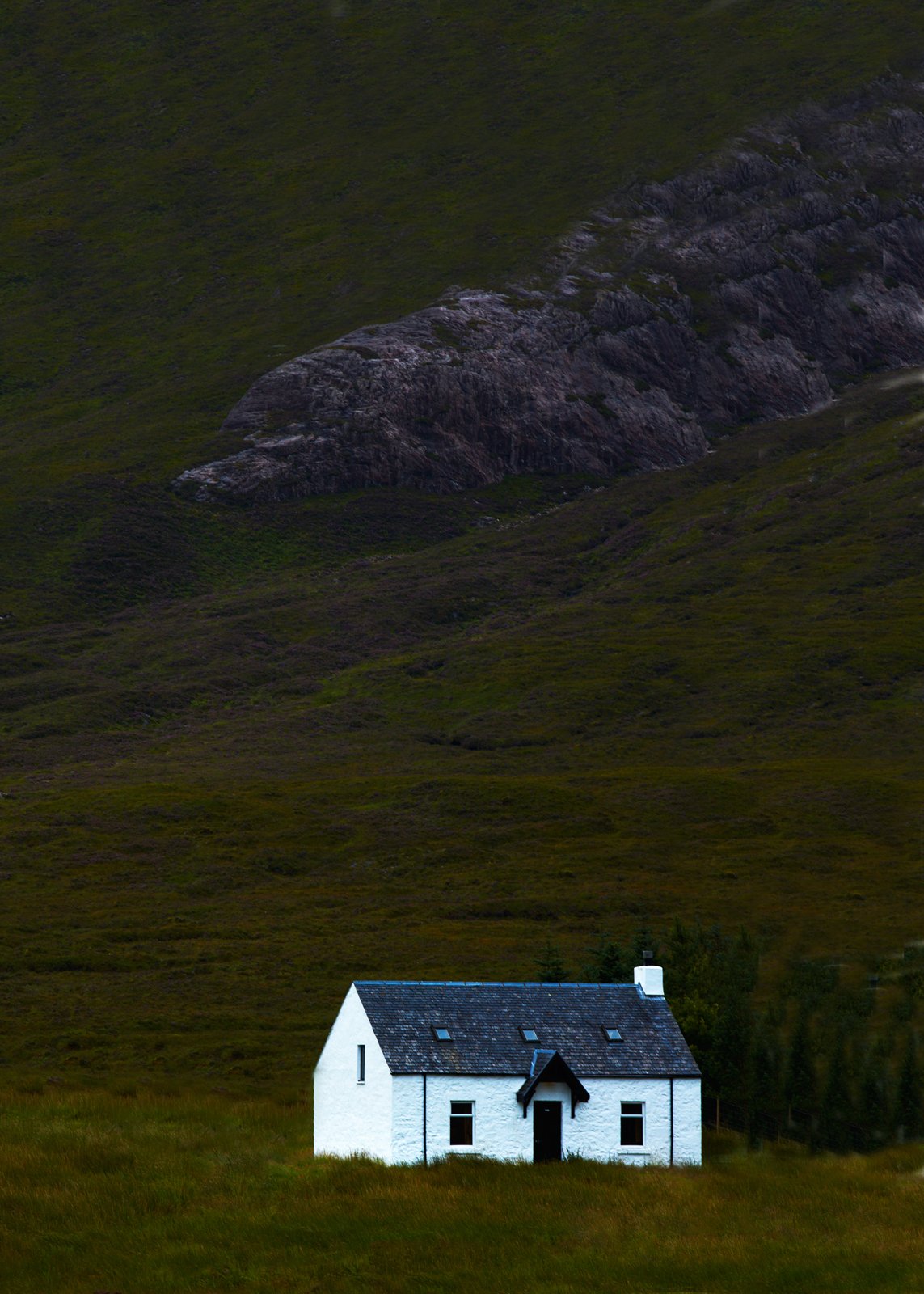PERSPECTIVES / IN SEARCH OF SOLITUDE
In the year 1800, New York City had a population of 60,000, compared to almost 19 million in 2022. During the same time period, the population of France has grown by 38 million. Currently, the world population is 7,9 billion, which is an increase by 6,9 billion in the last 200 years. This population explosion has radically altered how and where people live their lives, as well as how we interact with one another. Not only have cities been completely transformed, but also the countryside in many parts of the world, as well as international infrastructure. In just a century, the social geography of the world has undergone a complete paradigm shift. However, many people have kept the same social structure as before the population explosion, preferring to maintain a few, deep social connections, spending time mainly with family and neighbours.
¨As the world is growing more and more crowded, the experience of solitude has developed into a new kind of luxury¨
As the world is growing more and more crowded, the experience of solitude has developed into a new kind of luxury. In 2016, design historians Peter McNeil and Giorgio Riello published Luxury: a rich history, in which they outline the history of luxury by explaining how different objects and experiences at different times have been considered luxurious. For example, flowers out of season were considered a luxury item until the 1960s, when new methods of transportation, allowing for efficient shipment of flowers and vegetables, were developed. Until then, a red rose on Valentine’s Day (in cold February) was a luxury only available to the wealthy, while today, you can find roses all year round even at your local supermarket. What McNeil and Riello wanted the reader to understand is that luxury isn’t limited to a particular kind of material or phenomenon, but can shift over time. Today, when people are everywhere, luxury could be defined as being in a quiet place without crowds.
¨To know of these movements is also to know when to travel and in what directions. ¨
The population growth is not only noticeable in space but also in time. As more and more people will need to share the same space, it has become increasingly important to also note when people tend to be where. In southern Europe, August is traditionally the holiday month, meaning that country roads and seaside towns, otherwise slow and quiet places, will be filled with people, all looking to unwind. In northern Europe, the same phenomenon occurs one month earlier, in July.
To know of these movements is also to know when to travel and in what directions. If one is looking for company, then a visit to Sardinia in August is ideal. But, considering McNeil and Riello’s definition of luxury, in combination with the steady increase in global population growth, it is not a far reach to assume that many people will want to stay away from the busiest crowds when on holiday.
Seeking seclusion is about more than avoiding incessant demands of the work-life or being free from the daily conference calls. More fundamentally, it is about avoiding unnecessary disturbances and noise, allowing time for both mind and body relax. Today, as we are surrounded by more people than have ever existed on the planet at the same time, we need also to allow ourselves to at times turn away from others and to rest in solitude, if only for a few days.
Photographed in Glencoe / Scotland







